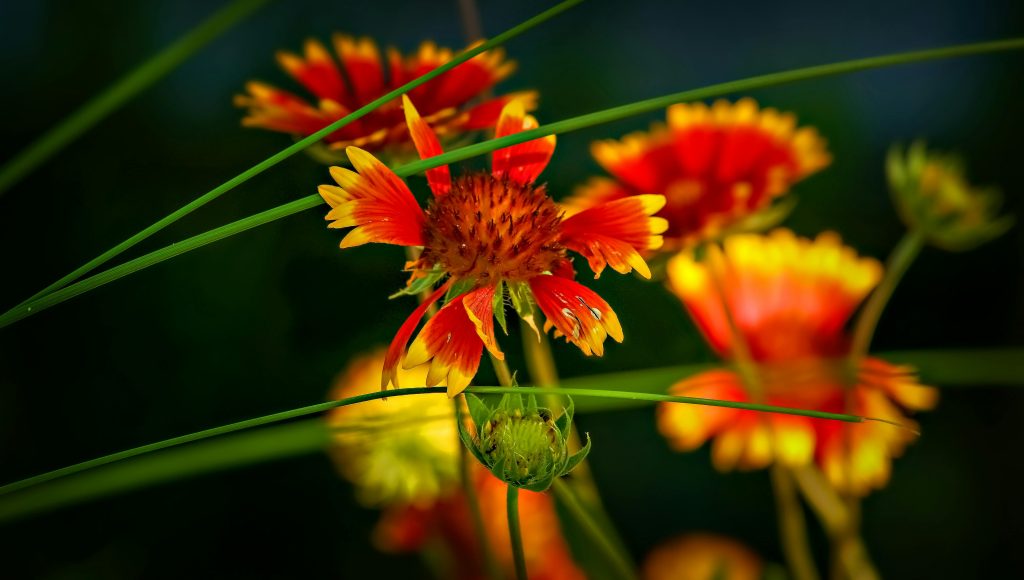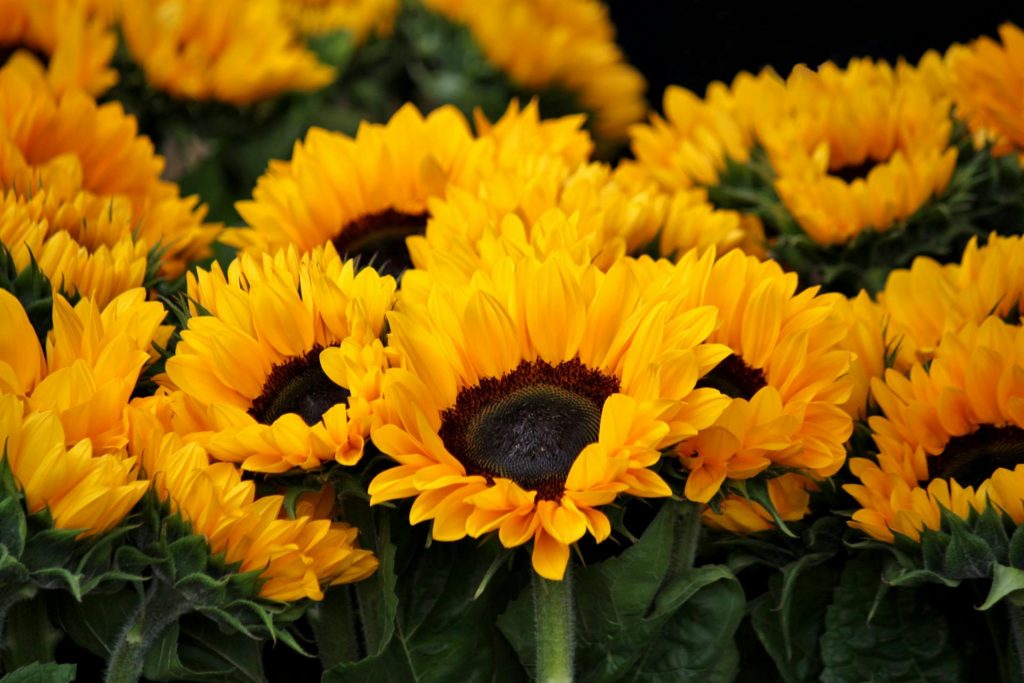Creating a butterfly buffet in your garden is a fun and rewarding way to attract these beautiful pollinators while enhancing your landscape with vibrant colors. By planting a variety of nectar-rich flowers and providing the right conditions, you can create a butterfly-friendly environment that supports their life cycle and attracts them throughout the seasons. Here’s how to build your very own butterfly buffet.
1. Choose the Right Flowers
Butterflies are drawn to bright, colorful flowers with lots of nectar. When selecting plants for your butterfly buffet, choose varieties that cater to butterflies’ preferences. The following types of flowers are particularly attractive to butterflies:
Nectar-Rich Flowers:
- Butterfly Bush (Buddleia): As the name suggests, butterfly bushes are a favorite of butterflies, especially with their long clusters of fragrant blooms.
- Milkweed: A must-have for attracting monarchs, milkweed offers nectar and serves as the host plant for monarch caterpillars.
- Coneflowers (Echinacea): These colorful blooms provide ample nectar and are easy to grow.
- Zinnias: These annuals are perfect for providing bright, easy-to-access nectar for butterflies throughout the summer.
- Black-Eyed Susan (Rudbeckia): With their vibrant petals and rich nectar, these flowers are irresistible to butterflies.
- Lavender: Known for its fragrant, purple spikes, lavender attracts many butterfly species, especially when planted in clusters.
Tip: Include a mix of flowering plants with different bloom times to ensure butterflies have access to nectar throughout the growing season.
2. Provide Host Plants for Caterpillars
Butterflies lay their eggs on specific plants that caterpillars can eat once they hatch. These host plants are crucial for supporting the full life cycle of butterflies. Consider adding some of these plants to provide sustenance for the caterpillars:
Host Plants for Popular Butterflies:
- Milkweed (Monarchs)
- Fennel, Dill, and Parsley (Swallowtails)
- Nasturtiums (Cabbage Whites)
- Violets (Fritillaries)
- Grasses (Skippers)
By planting these host plants, you’ll be providing essential resources for butterflies at every stage of their life cycle, from egg to caterpillar to adult.
3. Add a Water Source
Butterflies need water, but they don’t drink directly from standing water. Instead, they prefer puddles, damp soil, or shallow birdbaths where they can sip safely. You can add a small, shallow dish with damp sand or mud to your butterfly buffet to create a puddling area. The moist soil will also provide important minerals that butterflies require.
Tip: Keep the water shallow and make sure the area stays moist. You can place stones or pebbles in the dish to give butterflies a place to land.
4. Create Shelter and Sunbathing Spots
Butterflies need areas to rest and sunbathe. To create the perfect butterfly habitat, provide sheltered spots for them to take refuge during the cooler parts of the day. A sunny, sheltered area where butterflies can bask will help them stay warm and active. You can create these spots by adding small rocks, logs, or even low-growing shrubs where butterflies can rest.
Tip: Butterflies are cold-blooded and rely on the sun’s warmth to regulate their body temperature. Planting low shrubs or creating open spaces with access to sunlight is essential.
5. Avoid Pesticides
Pesticides can harm butterflies at every stage of their life cycle. If you want to ensure that your butterfly buffet thrives, it’s important to avoid using harmful chemicals in your garden. Opt for natural pest control methods, such as introducing beneficial insects like ladybugs or using organic sprays when necessary.
Tip: Embrace companion planting and natural repellents like garlic, mint, or lavender to keep pests at bay without harming butterflies.
6. Plant a Variety of Colors and Shapes
Butterflies are attracted to flowers that are brightly colored and easy to land on. Different butterfly species have different preferences when it comes to flower shape, so including a variety of flowers with different petal shapes is key. Try to include flowers with flat, wide blooms (such as coneflowers or daisies) as well as tubular blooms (like trumpet vine) to attract a diverse group of butterflies.
Tip: Aim for a rainbow of colors! Butterflies are especially drawn to red, purple, orange, and yellow flowers.
7. Create Layers in Your Garden
A multi-layered garden with varying heights of plants can offer butterflies different spots to rest and feed. Include tall plants like sunflowers or milkweed to attract butterflies and provide shade, along with lower-growing flowers and ground covers that act as pathways and nectar sources.
Tip: Mix in some tall shrubs or small trees to provide a variety of habitats for butterflies to explore.
8. Keep the Area Free from Heavy Foot Traffic
Butterflies appreciate a peaceful, low-disturbance area to roam, so try to keep the butterfly buffet in a place where foot traffic is minimal. This will help prevent any accidental disruption to the butterflies’ habitat.
By creating a butterfly buffet, you’re not only enhancing your garden with beautiful blooms but also playing a vital role in supporting pollinators that are essential to healthy ecosystems. With a little planning and care, your garden can become a haven for butterflies and other beneficial insects. From planting the right flowers to providing a water source and shelter, you can help sustain butterfly populations while enjoying the beauty of these graceful creatures. Happy gardening!







